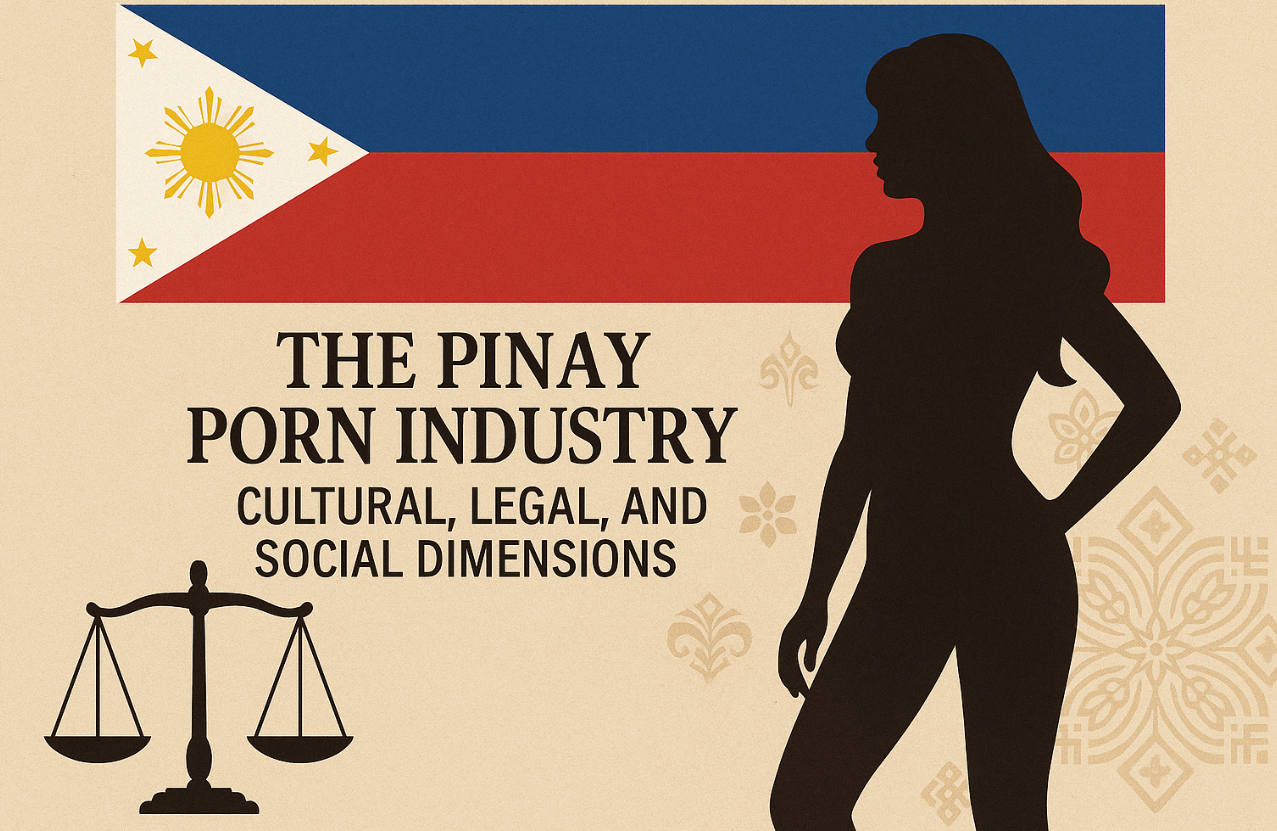The adult entertainment industry in the Philippines, particularly involving Filipina (often referred to as “Pinay”) performers, is a sensitive yet increasingly visible topic in both local and global media landscapes. While mainstream pornography is not legally produced in the Philippines, the digital age has enabled both the consumption and production of adult content involving Filipinas — often raising questions about exploitation, agency, and societal values.

Legal Landscape in the Philippines
Pornography is technically illegal in the Philippines. Under Republic Act No. 9775 or the Anti-Child Pornography Act and various other provisions in the Revised Penal Code, both the production and distribution of explicit sexual content are punishable. This has not stopped content from proliferating online, especially through social media, encrypted messaging apps, and subscription platforms like OnlyFans.
Although platforms like OnlyFans allow content creators (including some Filipinas) to monetize adult content on their own terms, creators often risk legal consequences, public shaming, or harassment. The Philippine government has also collaborated with tech companies to restrict access to pornographic sites, though enforcement remains inconsistent.
Online Sex Work and Digital Platforms
In recent years, the digital sex work industry has grown significantly in the Philippines. A large number of Filipino women, especially from economically challenged backgrounds, turn to online content creation to earn a living — including camming, amateur porn, and subscription-based platforms. The rise of remote work during the COVID-19 pandemic accelerated this trend.
Many of these women see their work not as exploitation, but as a form of economic agency, allowing them to support themselves and their families. However, others argue that the industry too often preys on poverty and limited opportunities, leading to coerced or unsafe participation.
Global Consumption and Stereotyping
Filipinas are one of the most searched categories on major pornographic websites. This popularity stems in part from long-standing colonial and racialized stereotypes — portraying Asian women as submissive, exotic, or hyper-sexualized. These portrayals feed into harmful narratives that reduce Pinay identity to a fetishized caricature, influencing both local and foreign perceptions of Filipina women.
Social Stigma and Public Perception
Despite the growing visibility of Filipinas in online adult content, there remains a strong social stigma against those who engage in sex work or pornography. In a deeply Catholic country like the Philippines, traditional values often conflict with modern realities. Women who are “outed” as adult content creators can face doxxing, harassment, slut-shaming, or even threats to their safety.
At the same time, a growing number of Filipinas — particularly from younger generations — are challenging these norms, pushing for sexual autonomy, decriminalization of sex work, and greater protections for content creators.
Ethics, Consent, and Protection
Ethical concerns in the Pinay porn landscape are critical. Some of the most troubling content involves non-consensual sharing of private videos, underage content, or revenge porn, all of which violate legal and human rights. In response, NGOs and activist groups have been working to educate the public, support victims, and advocate for stronger protections.
Conclusion
The presence of Filipinas in the porn industry — whether through legal gray areas in online content or underground productions — reflects broader realities about gender, economics, and digital globalization. Rather than sensationalize or dismiss it, the conversation must center on consent, empowerment, legal protection, and cultural change. As the Philippines continues to navigate the intersection of tradition and modernity, how it addresses the evolving role of Pinay content creators will be a telling indicator of its commitment to human rights and dignity.